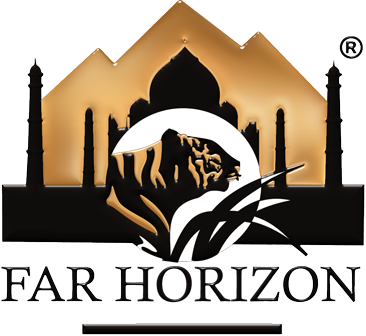Golden Triangle with Village Safari & Holi Festival
more_vert
Introduction
- Daily breakfast and dinner at the hotel
- All meals during the stay at Dera Village, The Clement Retreats
- One Rickshaw ride in Delhi
- Holi celebration with a local family in Jaipur
- Play holi for 2 hours, unlimited drinks and snacks served at same time, followed by lunch
- White Kurta pajama to celebrate Holi.
- All entrance fees at monuments as per the itinerary.
- Camel/Camel cart safari at Gadoli
- English speaking local guides during the sightseeing
- All currently applicable taxes.
Destinations Covered
Delhi
The City of GloryDelhi is said to be one of the oldest existing cities in the world, along with Jerusalem and Varanasi. It is the Capital Territory of India and a modern-day citadel that's dotted with ancient monuments.
History and Culture
Legend estimates it to be over 5,000 years old. Over the millennia, Delhi is said to have been built and destroyed 11 times. The oldest alleged incarnation of the city shows up in the Indian mythological epic Mahabharata as Indraprastha.
Agra
The Majesty of the TajAgra is the city of the Taj Mahal, in the north Indian state of Uttar Pradesh. Agra has three UNESCO World Heritage sites, the Taj Mahal, Agra Fort in the city and Fatehpur Sikri on the outskirts of Agra. There are also many other buildings and tombs from Agra's days of glory as the capital of the Mughal Empire.
Gadoli, Aravali Hills
The Classical Indian Village in the Golden TriangleSet in the heart of India and nestled amidst the Aravalis, Gadoli village is located in the rural countryside of Rajasthan. One can easily move around on camels or by camel carts. Marvel at the beautiful scenery and potentially spot some of the desert wildlife. The vibrant culture and rich heritage of this place draws innumerable tourists from across the globe.Tucked away within a valley inside the Aravali Hills, home to the community of Meena Tribals, the joy and spirit of rustic life is palpable on the lively faces of the village folks.
Jaipur
The Pink CityJaipur is the largest city in Rajasthan and was built in the eighteenth century by Sawai Jai Singh as India's first planned city. Jaipur is a major tourist attraction amongst Indian as well as international travellers. Jaipur is often called the Pink City in reference to its distinctly colored buildings, which were originally painted this color to imitate the red sandstone architecture of Mughal cities. The present earthy red color originates from repainting of the buildings undertaken for a visit by the Prince of Wales in 1876.

























